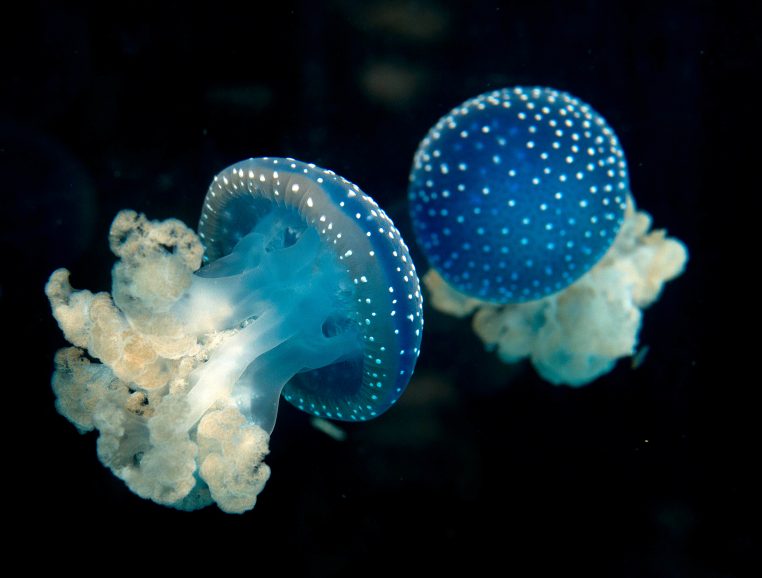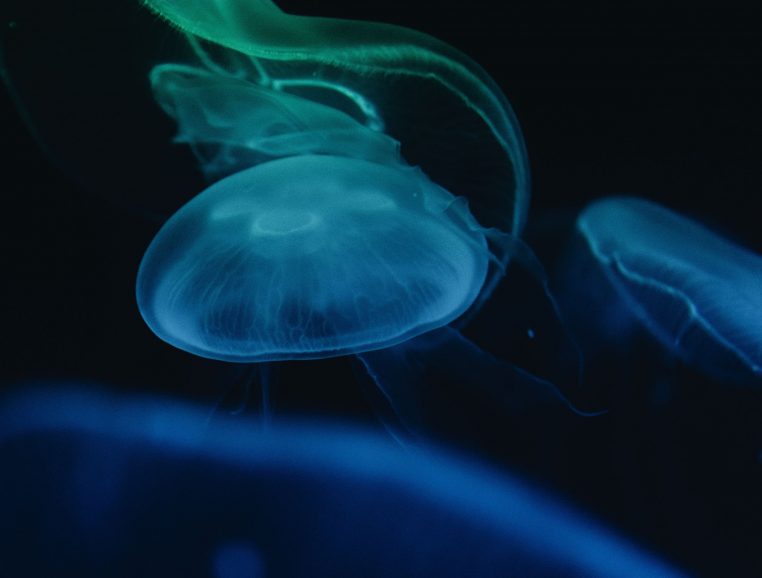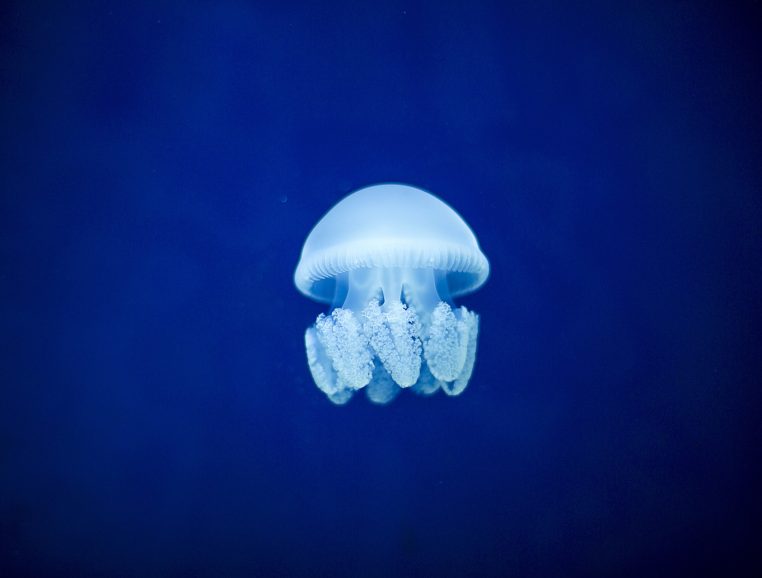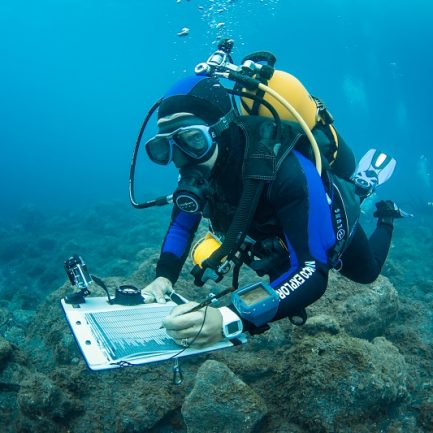Jellyfish and man
- Home
- Actualités
- Jellyfish and man
Dreaded since antiquity, jellyfish have only been studied by scientists since the 20th century. Today, we are discovering their capacity for adaptation and regeneration. This gelatinous animal is a gold mine for medical and biochemical research, which hopes to use their particularities to heal. But jellyfish are proliferating, perhaps to the point of changing biotopes, and seem to be taking advantage of declining fish stocks. Let’s take stock with Jacqueline Goy, author of this scientific fact sheet.
Are we right to fear jellyfish?
In ancient times, the nuisance caused by jellyfish prompted Aristotle to give them the name “cnid” (Greek for “stinging”) and, as a tribute, scientists created the group of cnidarians to designate all animals with this function.
Jellyfish stings are not all of the same severity and, on our coasts, they can cause simple itching or deep ulceration. This is precisely what the sailors felt when sorting out trawl bags filled with physalies during the Prince Albert I of Monaco’s campaigns off the Azores. The physalies are not jellyfish but siphonophores whose long tentacles recover the preys by paralyzing them thanks to their toxins. Studied by two scientists, Charles Richet and Paul Portier, whom the Prince took on board, and tested on animals, the toxin had an effect on the heart and lungs, more violent on second contact. Both scholars called this reaction anaphylaxis, the opposite of phylaxis or protection. This is the height of allergies. Charles Richet was awarded the Nobel Prize in Medicine and Physiology in 1913.


Will we end up eating jellyfish instead of fish?
Overfishing leaves food available that is not consumed by fish, and jellyfish take advantage of this, which encourages their growth. The increase in water temperature can accelerate the reproduction of jellyfish, and the young are not likely to suffer from starvation in this favourable trophic environment. This general gelling of the oceans due to human activity is a dangerous deviation for the economy of the seas because jellyfish are not very valuable as food. Eating them – drinking them would be more accurate because of the 96% water content – does not constitute an energy meal.
Not so different from humans?
Jellyfish have eyes distributed along the edge of the umbrella: simple pigmented spots or with a cornea, a lens and a retina with a bipolar pigment layer. This is the first outline of cephalization, the study of which gives interesting perspectives for healing in cases of retinal degeneration. Another surprise after the mad cow disease which directed the research of collagen towards other animals than bovines, is the discovery of a collagen of human type in jellyfish. It is used as a fake skin for burn victims, as a culture medium in cytology and is an effective anti-wrinkle in cosmetology.










